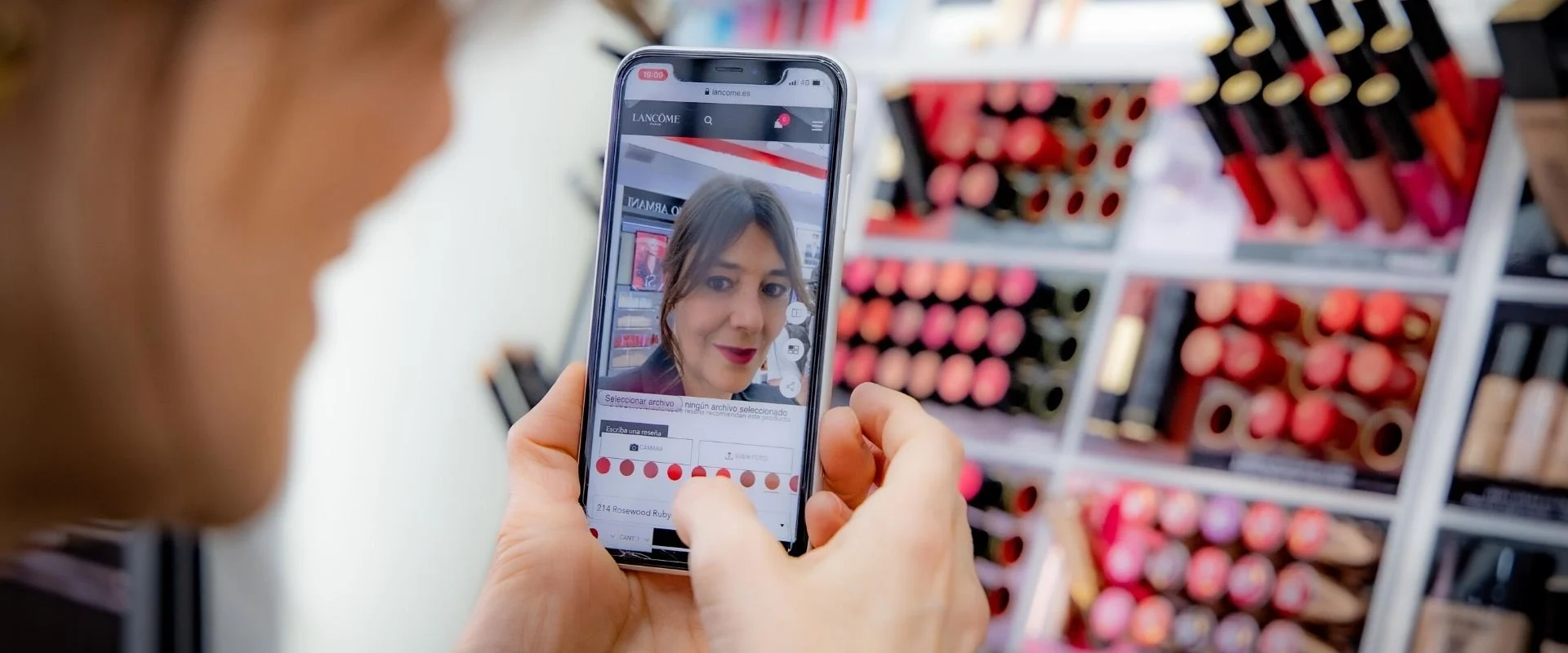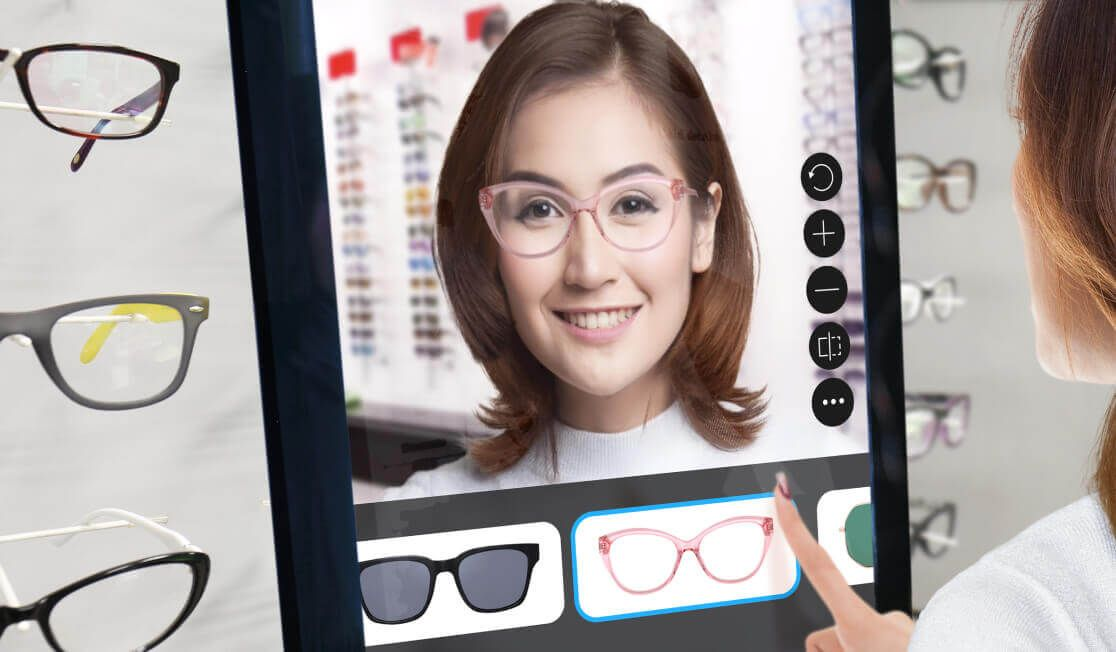Augmented Reality (AR) in Affiliate Marketing: Engaging Shoppers in New Ways
Augmented reality isn’t just a novelty—it’s a game-changer for affiliate marketing. According to Grand View Research, the global virtual try-on market—driven by AR—reached an estimated USD 9.17 billion in 2023 and is projected to surge to USD 46.42 billion by 2030, growing at a CAGR of 26.4%.
Shoppers interacting with AR-enabled product visuals spend 200% more time, experience 40% higher click-through rates, and are 71% more likely to shop regularly when AR is available. With engagement and compelling conversion rates, affiliate marketers have a prime opportunity to weave AR into campaigns for fashion, home décor, beauty, and beyond.
Why AR Works in Affiliate Marketing
1. Boosts Engagement & Conversion
AR try-ons lead to significantly longer shopping sessions and higher click-through rates. Consumers are also more likely to act on their intent when they can visualize the product in a personalized context.
2. Reduces Returns & Increases Confidence
Virtual previews help shoppers make more informed decisions, cutting down on return rates and abandoned carts—especially useful for clothing, beauty products, and furniture.
3. Appeals to Millennials & Gen Z
Younger shoppers, particularly Gen Z, are digital natives and expect immersive experiences. They are far more likely to engage with brands offering AR shopping tools.
4. Amplifies Ad ROI
AR-driven campaigns deliver stronger performance metrics compared to static ads, leading to higher returns on ad spend and improved customer retention.
AR Tools & Use Cases for Affiliate Campaigns
Virtual Try-Ons for Fashion
Apps and filters on platforms like Instagram, Snapchat, and YouCam Makeup allow users to try on outfits, glasses, or makeup virtually—perfect for beauty and fashion affiliates.
Home Décor & Furniture Placement
Brands like IKEA and Wayfair let users “place” furniture in their own spaces using AR tools, making it easier for affiliate partners to drive home purchase decisions.
Cosmetics & Beauty
Virtual makeup try-on apps help drive purchases by showing users exactly how a lipstick or eyeshadow looks on their face in real time.
Interactive Social Filters
Influencers and content creators can create or use branded AR filters, giving audiences an immersive way to engage with products and drive affiliate clicks.
How to Integrate AR into Affiliate Campaigns

1. Identify AR-Capable Publishers
Look for affiliate partners already using AR tools or who are active on AR-friendly platforms like Instagram, TikTok, or Snapchat.
2. Use AR-Enhanced Affiliate Links
Make sure links are seamlessly integrated into the AR experience—whether through in-app overlays, QR codes, or embedded CTAs.
3. Provide 3D Assets and Support
Offer your partners high-quality 3D models and visual assets that can be easily incorporated into AR platforms.
4. Track AR Performance Separately
Measure engagement with AR-specific metrics such as time spent in experience, number of interactions, and conversion lift compared to traditional formats.
5. Test and Optimize
Run A/B tests on AR versus static images, and fine-tune your campaigns based on audience feedback and performance.
Tips for Advertisers to Partner with AR-Enabled Publishers
- Evaluate publishers’ use of AR in past campaigns or content.
- Offer exclusive access to new AR content to incentivize top affiliates.
- Collaborate on AR-led social campaigns, especially with influencers.
- Create promotions that reward users for engaging with AR tools.
- Offer technical assistance or plug-and-play kits to ease integration.
Examples of AR in Affiliate Marketing
- L’Oréal and MAC: Virtual try-on for makeup boosts both online engagement and in-store visits.
- IKEA and Wayfair: Affiliates promote furniture using room-scan AR apps to show real-life placement.
- Eyewear Brands: Use Instagram filters to let users try on sunglasses or prescription frames directly through mobile.
AR is rapidly transforming how consumers shop—and how affiliate marketers drive results. With proven lifts in engagement and conversions, advertisers who integrate AR into their affiliate strategies are setting themselves up for long-term success. By partnering with AR-enabled publishers and creators, brands can deliver standout shopping experiences that turn casual browsers into confident buyers.





